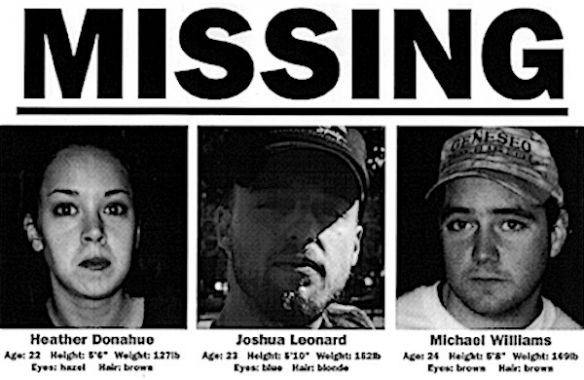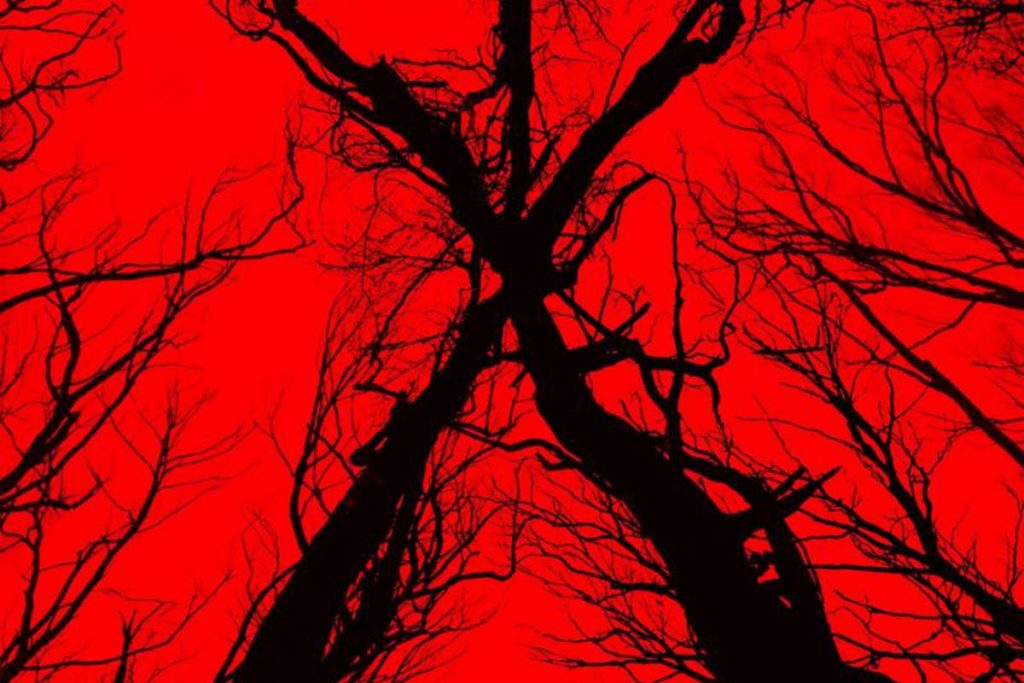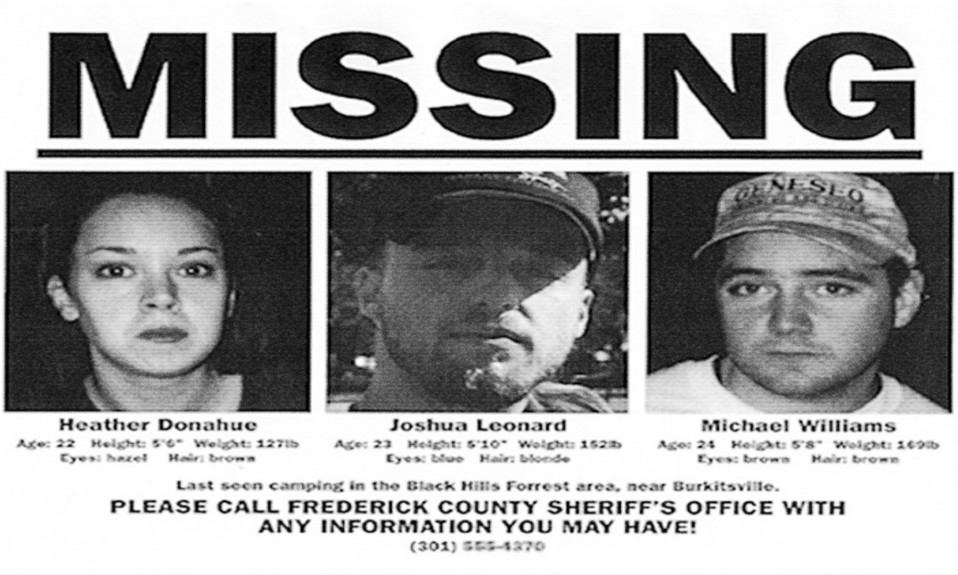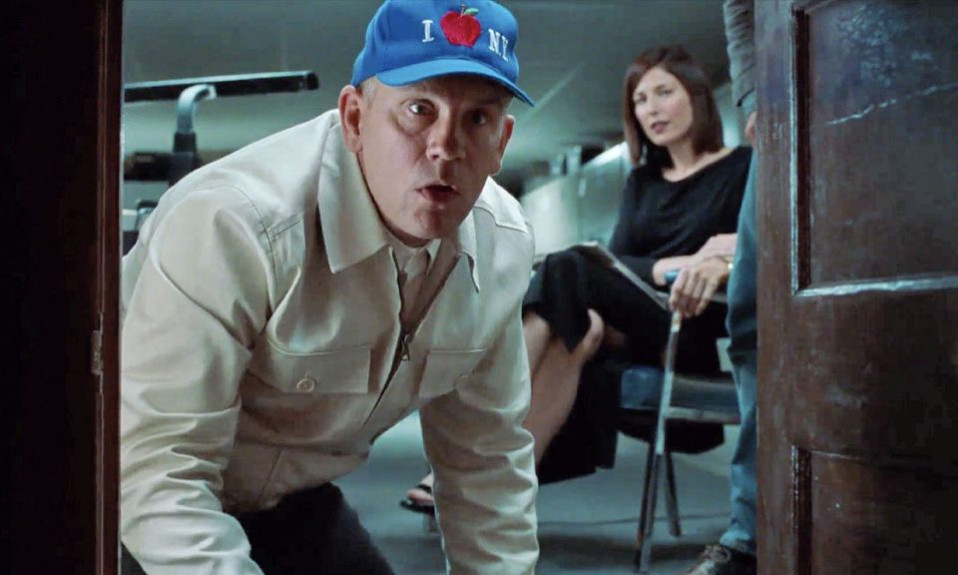Certain horror films define their era, because of their impact on the genre or general popular culture. And many horror milestones have been low-budget surprises. Night of the Living Dead spawned the zombie apocalypse film on a $100,000 budget. Halloween took $325,000 and popularised the slasher film. And today we’re going to look back at one of the last horror milestones of the 20th Century, and ask, what made it so impactful? The film that took a $60,000 budget and helped birth the found footage genre, The Blair Witch Project.
Summary
The Blair Witch Project follows student filmmakers, Heather, Mike and Josh who set out to make a documentary on the town of Burkittsville, Maryland, the creepy legends about the surrounding black hills; and their supposed connection to the Blair Witch. But when the team venture into the hills they get lost and begin witnessing strange things, like cairn’s and stick effigies appearing around them. Eventually, Josh goes missing. Upon investigating Mike and Heather are attacked by unseen forces and are never seen again.
How The Blair Witch Project Stood Out?
It’s hard to believe now, as found footage is a staple of the horror landscape, but the style was once both new and credible. The Blair Witch Project was among the first movies to use an unprofessional style to create an air of authenticity. Audiences were used to slickly produced horror films. But the low-grade film stock, shaky camera, realistic audio, no score, and no monster made this movie seem like someone’s home movie, not a professional film. And the film furthered its connection to reality by employing a different kind of filming process to get its performances.
To push the film’s realism, the directors cast unknown actors and wanted them to improvise all their dialogue. To do this, the actors were sent into the woods to film with the filming equipment and a GPS tracker. According to co-director Daniel Myrick, “Using GPS, we directed them to locations…where they’d leave their footage and pick up food and our directing notes”. Which often encouraged the actors to bicker with one another. And the crew would pull gags on the actors at night such as shaking their tent. This means that much of the acting feels close to reality because, for most of the production, the cast were living like their characters.
The Blair Witch Project wasn’t the first found footage film of course. Cannibal Holocaust and The Last Broadcast used many of the same tropes to appear real. But Blair Witch reached a wider audience and cemented its authenticity in the public’s eyes through its promotional material.
The filmmakers made a website before the film’s release to play up the legend behind the film. The website showed pictures of police investigations, interviews with Heather’s mother and “uncovered” audio clips from their expedition. The filmmakers also put up missing posters at film festivals. They directed a short mockumentary, disguised as a traditional documentary which aired on the sci-fi channel called The Curse of Blair Witch. All this material combined, made many audiences believe that the film was real and that the actors really were missing, presumed dead. IMDb even listed the actors as missing.

Which eventually resulted in a film with a $60,000 budget, making back $248,639,099 – Over 4000 times its budget. Making it one of the most profitable movies ever made.
The Blair Witch Follow-Ups
Inevitably for a film that was successful, franchise appeal came calling. The film spawned a sequel in 2000, Book of Shadows: Blair Witch 2 and a soft-reboot/sequel in 2016’s Blair Witch. Despite its financial success, it never received the same recognition as the original. And it isn’t hard to see why.
Book of Shadows traded in the found footage conceit and was shot like a conventional horror movie. It also attempted to satirise and explore the impact of the first movie and the power of media to influence people. But many didn’t appreciate the typical presentation after the ground-breaking feeling of the original.
And while Blair Witch went back to the found footage conceit, even following the original lead with a viral marketing campaign capitalizing on the secrecy of the production, the film didn’t garner much praise upon release. Despite its nods to the original film, this film focused more on jump scares and was more slickly produced. Using professional actors and multiple high-quality cameras. Making it ironically seem again like a conventional movie. And because of the prevalence of found footage films released since the original, Blair Witch 2016 ultimately seemed like pointless brand reinforcement.

The Influence and State of The Blair Witch
Because everyone is now fully aware that found footage films aren’t real. And with the atmosphere of the marketing campaign forgotten, many feel that the original Blair Witch Project doesn’t hold up today. But it is important viewing from a historical standpoint.
Of course, all modern-found footage movies owe their existence to Blair Witch. Paranormal Activity, Unfriended and The Visit all became box office successes using small budgets and found footage tropes to tell their stories. But there are also movies like 28 Days Later, which took stylistic influence from Blair Witch by using low-quality footage to make the film more gritty and real and made back over 10 times its budget. And it was, of course, the forerunner of viral internet marketing, which has since become so prevalent. With every movie and TV show uses its online presence to get viewers interested.
However, even with everything that came afterwards, the original Blair Witch Project remains a testament to ingenuity. It proved you don’t need a big budget or a monster to frighten an entire generation. Just an idea, an internet connection, a camera and a committed cast.
Also Read: The Human Centipede: A Love / Hate Story













3 Comments
Comments are closed.